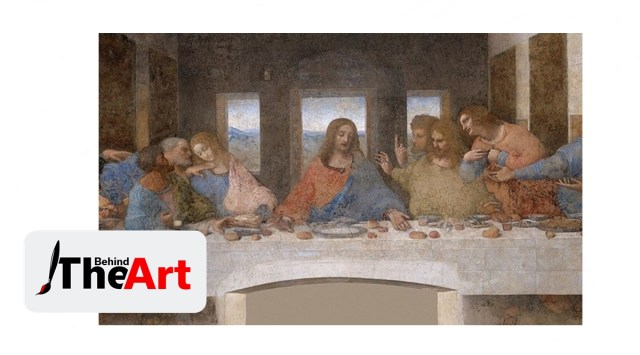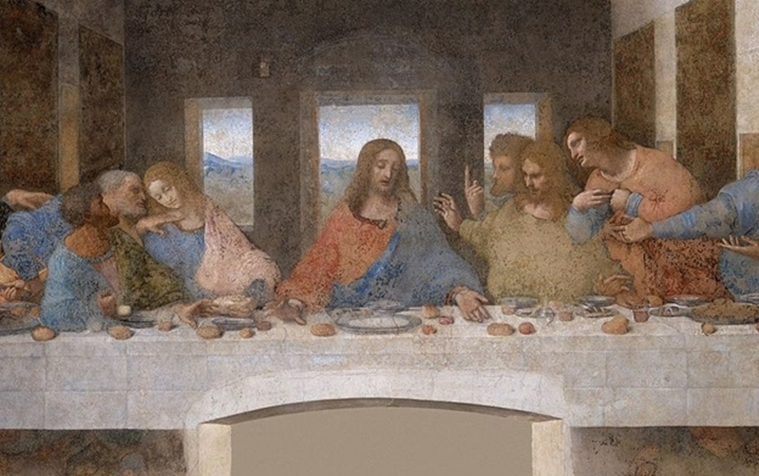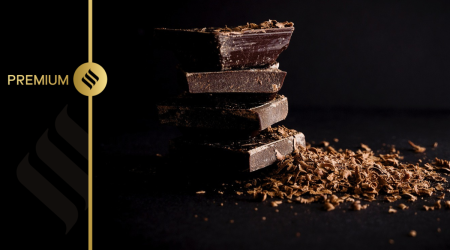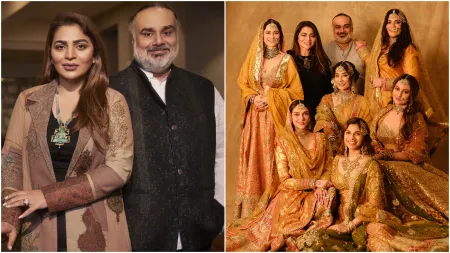- India
- International
Behind the Art: What hidden messages does Leonardo da Vinci’s The Last Supper hold?
Why is Leonardo da Vinci's The Last Supper so important? What are the hidden messages in the artwork that still shock viewers?
 The mural depicts the dramatic scene where Jesus declares that one of the Apostles will betray him and later institutes the Eucharist. (Photo: wikipedia.org)
The mural depicts the dramatic scene where Jesus declares that one of the Apostles will betray him and later institutes the Eucharist. (Photo: wikipedia.org)Created in 1495–1498 by the Italian High Renaissance artist Leonardo da Vinci, The Last Supper is a testament to the talent of the artist. The mural depicts the dramatic scene where Jesus declares that one of the Apostles will betray him and later institutes the Eucharist. Although the subject matter is not new to the viewers, it is the portrayal of the 12 disciples and the composition of the painting that made Leonardo more recognisable in the world of art. What is the real story behind this famous artwork? What are the hidden messages in the artwork that still shock viewers?
Buy Now | Our best subscription plan now has a special price
The story behind the art
What many assume is that this artwork is a painting on canvas hanging on the wall of the dining hall at the monastery of Santa Maria Delle Grazie in Milan, Italy, but in reality, it is a mural painted on the wall which measures 460 cm × 880 cm (180 in × 350 in). The wall painting was commissioned by Leonardo’s patron and the duke of Milan Ludovico Sforza. This is why the Sforza coats of arms can be seen along with the family’s initials on the three lunettes above the mural. Leonardo was known to take his sweet time working on paintings and thus he took years to finish this artwork. Another thing Leonardo was known for was perfectionism. It is for this reason that fresco painting was not ideal for this artwork as the process requires the artist to apply paint quickly to each day’s fresh plaster before it dries and bonds the pigment to the wall. Instead, he opted for an experimental technique using tempera or oil paint on two layers of dry preparatory ground. This meant that the pigments were not permanently attached to the wall and thus the painting began to flake within a few years. Worse, the steam and smoke from the monastery’s kitchen damaged the artwork. Over the years the painting has suffered a lot of damage and thus is now in a temperature-controlled environment. The management board allows just 1,300 people to visit the Last Supper each day. While a one-time slot permits 25 visitors to marvel at the painting for 15 minutes, this method was devised to put check on dust particles brought by visitors, which in turn, accelerate the deterioration process.
The hunt for Judas
 For Judas, Leonardo da Vinci wanted a mature model whose face bore the marks of treason. (Photo: wikipedia.org)
For Judas, Leonardo da Vinci wanted a mature model whose face bore the marks of treason. (Photo: wikipedia.org)
One of the main reasons why Leonardo took years to complete the painting was because he could not find the right models, especially for Jesus and Judas. He first found the perfect model for Jesus – a man whose face shone with purity, compassion and nobility. He then painted the eleven apostles. For Judas, he wanted a mature model whose face bore the marks of treason. For years he could not find such a man until he heard of a criminal in the city jail. He went to see him and instantly thought he was perfect for the role of Judas. He sought the Mayor’s permission to paint the man and the criminal was taken to Leonardo’s studio. After he was satisfied with his work, he showed the painting to the criminal. The criminal stared at the painting and fell to his knees in tears. When Leonardo asked him what is wrong, he said “May God forgive me for my life. I was the youth that you chose as your model for Jesus 19 years ago.” Whether this story is historically accurate or not, one cannot say but Leonardo indeed spent years looking for the perfect models for this famous mural.
Hidden messages in The Last Supper

The Last Supper has been a goldmine for art historians and researchers for decades now. The mural is known to have several hidden messages and hints within the painting that continue to fascinate millions to date. And to add more spice to the mix, Dan Brown’s novel ‘The Da Vinci Code’ (2003) suggested that the person to Jesus’ right is Mary Magdalene. It also says that a letter ‘glaring in the centre of the painting’ (M) stood for Matrimonio or Mary Magdalene. However, art historians claim that the figure is Apostle John. Another hidden message is that the painting contains several possible numerical references, including the number three. There are three windows behind Jesus, the Apostles are seated in groups of three, and the shape of Jesus’ figure resembles the shape of a triangle.
An Italian musician Giovanni Maria Pala claims that the positions of hands and loaves of bread can be interpreted as notes on a musician’s staff. If read from right to left, the painting forms a musical composition. This is not shocking because Leonardo was not just a gifted painter and inventor, he was also a talented musician. In 2007, Pala created a 40-second melody from the notes that are allegedly hidden in the painting. One can listen to this beautiful composition on YouTube today.
Unknown facts about the painting
Although extensive research has been done on this masterpiece, less known facts about this painting keep emerging every few years. One obvious yet less talked about fact is that Leonardo did not choose to put halos on Jesus Christ. It is said that he believed in nature and not God, thus he wanted to treat every character in the painting as common people. Another shocking fact is that only a fraction of the painting that exists today is the work of Leonardo. This is because, at the end of the 20th century, restorer Panin Brambilla Barcilon and his crew used microscopic photographs, core samples, infrared reflectoscope and sonar techniques to remove the added layers of paint and restore the original as accurately as possible. What is interesting to know is that the painting has three other copies that exist. Three of Leonardo’s students made copies in the 16th century. His student Giampietrino did a full-scale copy that is now in London’s Royal Academy of Arts. The others are in the Leonardo da Vinci Museum, Belgium and the Church of Saint Ambrogio, Switzerland.
The Last Supper is not and will not be the only religious painting depicting the biblical scene but it is the mastery of art, composition, brushstrokes and use of colours that makes this the most famous religious mural in the world.
Next Up in Behind the Art: Why is Diego Velázquez’s Las Meninas one of the most written about paintings of all time?
📣 For more lifestyle news, follow us on Instagram | Twitter | Facebook and don’t miss out on the latest updates!
Buzzing Now
May 04: Latest News
- 01
- 02
- 03
- 04
- 05

































